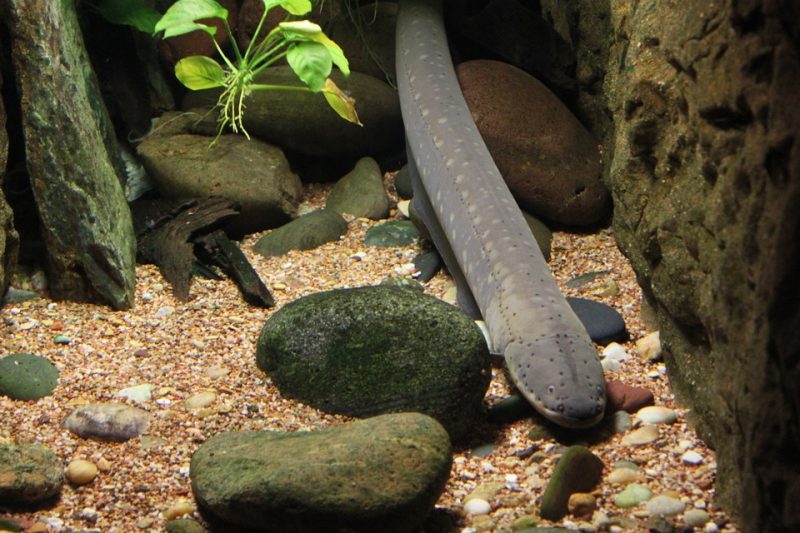
It is well known that the eel fish can release powerful electric charges of up to 650 volts which can kill its prey. It is scary to all of us, but how about electroactive microorganisms?
Electroactive microorganisms are those organisms that can produce bioelectricity. They contain these conductive proteins on the surface of the cell wall or they can produce mediators that can help in transferring the electrons. These organisms have potential applications for converting the wastes to bioelectricity, biohydrogen, and methane.
Researchers have been constantly looking out for ways for harnessing the electroactive microorganisms for bioelectricity production, microbial electrolysis, electromethanogenesis, and electro-fermentation. Electron transfer resistance between the microorganisms-electrodes remains a major limitation in improving the performance of microbial electrochemical systems such as microbial fuel cells, microbial electrolysis cells, and microbial electrosynthesis process. A novel strategy for improving the direct electron transfer by wrapping the microorganisms using graphene sheets is reported.
Researchers at the South Dakota School of Mines and Technology, SD, and Center for Nano-Advanced Manufacturing in SD have demonstrated the use of biologically reduced graphene oxide could aid in improving the direct electron transfer rates at electrode-electrolyte interfaces. Electroactive microorganisms that are the key players in these processes will mediate electron transfer via direct and mediated electron transfer mechanisms. Direct electron transfer has several advantages in terms of electron transfer rates over the use of electron shuttling compounds.
“The use of wrapping strategy helps to harness the maximum number of electrons from the conductive membrane proteins in surface of the microbes and transfer to the electrodes,” says Navanietha Krishnaraj, an author of this article. “This strategy will help to increase the electron transfer kinetics leading to improved performance of microbial fuel cells, microbial electrolysis, microbial desalination cells, microbial electrosynthesis, and electromethanogenesis.”, adds Rajesh Sani, Associate Professor in the Chemical and Biological Engineering.
The use of biologically-produced graphene, which is biocompatible, is another added advantage in this process. The authors have demonstrated that this strategy could enhance the power output up to 1 mA cm−2. This work is supported by National Science Foundation-Building Genome-to-Phenome Infrastructure for Regulating Methane in Deep and Extreme Environments (BuG ReMeDEE) initiative (Award # 1736255).
These findings are described in the article entitled, Rewiring the Microbe-Electrode Interfaces with Biologically Reduced Graphene Oxide for Improved Bioelectrocatalysis, recently published in the journal Bioresource Technology. This work was conducted by Navanietha Krishnaraj Rathinam, Rajesh K. Sani, and David R. Salem from South Dakota School of Mines and Technology, and Sheela Berchmans from the Central Electrochemical Research Institute.
Reference
- N.K. Rathinam, S. Berchmans, D. Salem, and R.K. Sani. 2018. Rewiring the Microbe-Electrode Interfaces with Biologically Reduced Graphene Oxide for Improved Bioelectrocatalysis. Bioresource Technology, 256:195-200. doi: 10.1016/j.biortech.2018.02. 001.








